What is art, what is reality? Is reality art? The ninth Berlin Biennale explores the definition of “post-present” – where the dividing lines between real and unreal are not always recognizable.
“Is Donald Trump going to be President? Is wheat poisonous? Is Iraq a country? Is France a democracy? Do I like Shakira? Do I suffer from depression? Are we at war?” We find ourselves living in a present that is impossible to predict or to understand, or so the curatorial team of the ninth Berlin Biennale firmly believes. In times of advanced digitalization in which every second person uses an app to count the number of steps they take and to measure their phases of sleep, this fact is unsettling. In order to forget this fear, we relentlessly produce content about ourselves, which we pursue into the expanses of the Internet – as if this were a way for us to confirm our individuality.
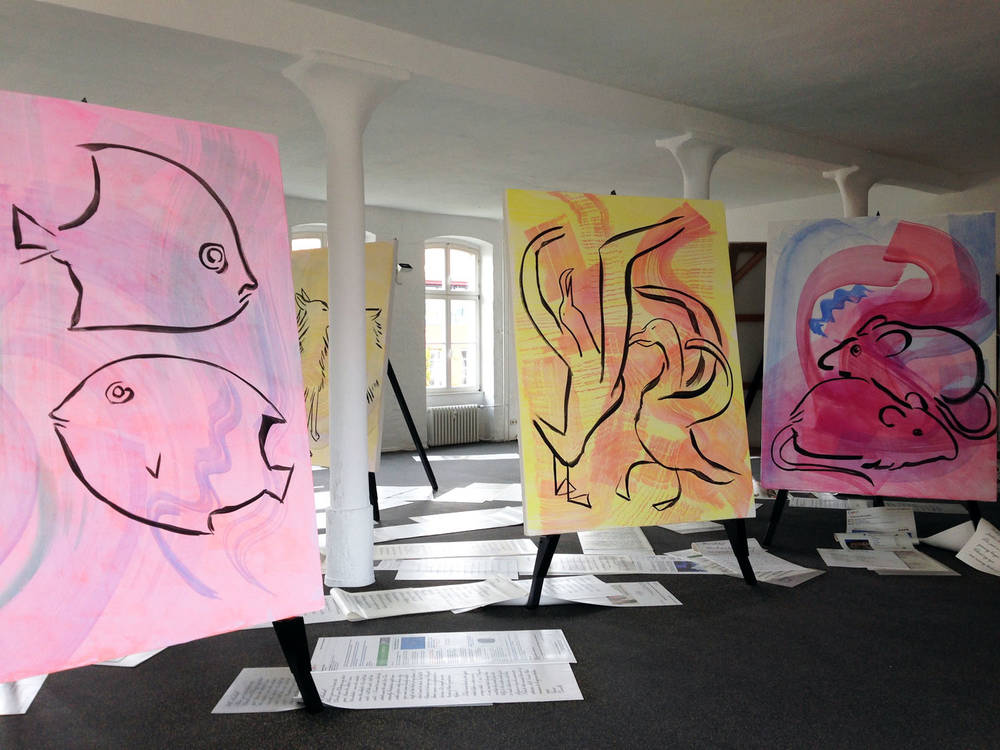
Actually though, this process causes individuality to fall by the wayside, as the person becomes an interchangeable and meaningless mass product with no particular characteristics. Anything that is not nailed down is marketed. This is a subject with which the four curators of the ninth Berlin Biennale, Lauren Boyle, Solomon Chase, Marco Roso and David Toro from New York art collective DIS, have experience, most significantly since the founding of DIS magazine, an international community for the examination of art, fashion and music – and it’s a theme that resonates notably at this year’s Berlin Biennale too.
Taken to the point of absurdity
Camille Henrot is one of the female artists who pick up on this de-individualization with her “Office of Unreplied Emails”. Over the last few years hundreds of e-mails have remained in her inbox unanswered: calls for her to sign petitions, requests for donations, support and attention. For her installation at the KW Institute for Contemporary Art, Henrot picked up on a few of these and – in delicate handwriting – answers them personally and poetically. The ongoing digital bombardment we are continually exposed to and whose sole purpose is to have as wide a scope as possible is taken to the point of absurdity here, with the mass approach contrasted with a personal form of address.
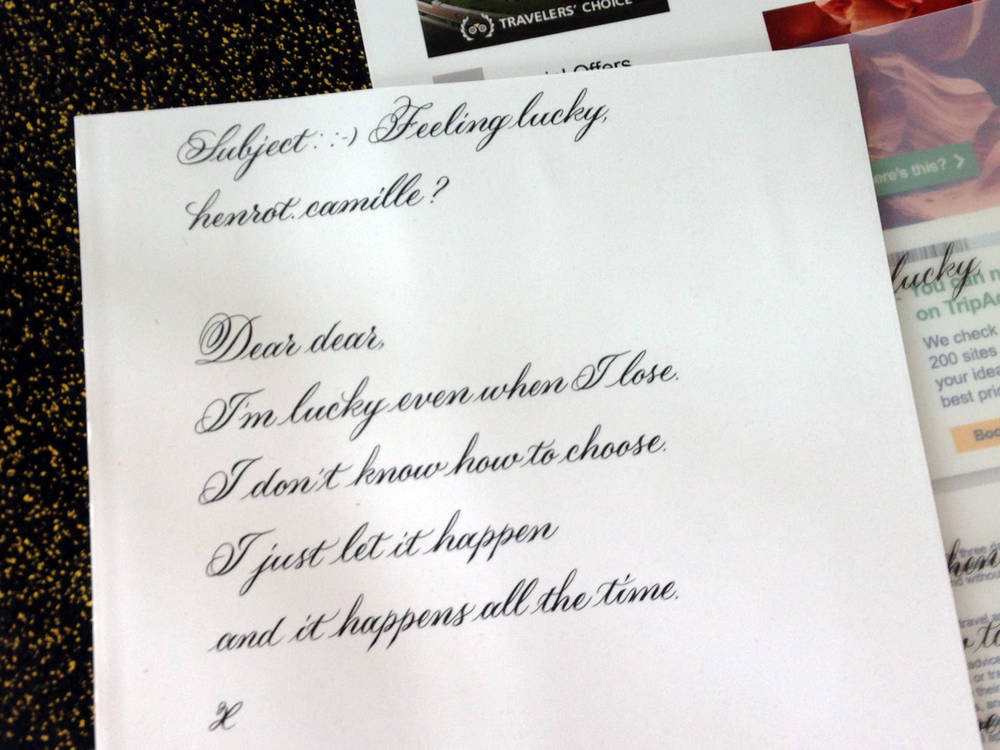
Mass compatibility can also be found in the installation by Christopher Kulendan Thomas at the Akademie der Künste. “New Eelam” is based on the bloody uprising the Tamil separatists of “Eelam” launched in 2009 with the aim of creating their own state, then subsequently lost and were thus rendered homeless. Taking the definition of national affiliation as a basis, the artist developed a start-up that propagated a “mobile citizenship”: Like the concept of video streaming or car sharing, the concept of flexible living at a flat-rate price is designed to enable people to be at home wherever they are – in modern designer apartments in the most coveted districts of major international cities: “Move around the world as you wish. Wherever, whenever, but always at home.”
Wherever you are, the sofa is always the same model
The final bastion of the private sphere – one’s own four walls – is thus converted into a faceless, indistinguishable projection space for the idealized high-gloss image of one’s own life. Be it London, Tokyo or Berlin, no matter where you are the sofa in the living room is always the same model! In times of globalization, from which no area of our lives is spared, Christopher Kulendan Thomas hits the nail on the head and combines reality and fiction to the point of unrecognizability.

Christopher Kulendran Thomas: "New Eelam", 2016, Mixed Media, Installation view, Photo: Timo Ohler, Image via art-magazin.de
Unlike the previous edition, this year’s Biennale has not set itself the aim of conquering new spaces in Berlin. It incorporates the KW Institute as the “mothership” of the exhibition, the Akademie der Künste at the Brandenburg Gate, a passenger vessel from the Reederei Riedel shipping company, the ESMT European School of Management and Technology, and the Feuerle Collection in an old World War II bunker – with the latter standing out in particular compared to the other venues. At the ESMT the high-gloss marketing of the school and contributions to the Biennale merge into one indistinguishable entity.
Is reality shocking?
This Biennale does not aim to please on an aesthetic level; it aims to shock the now often hard-to-impress exhibition visitors by reflecting the commercial pictorial language of the world of advertising and imitating it to the point of inseparability. Yet what in this present, in which we are confronted on a daily basis with reports of terror and images of war, naked flesh and ingenious advertising efforts, actually still shocks us? At most, the bright pink lipstick and the glittering cowboy hats of the women posing for close-ups in the untitled video work by Lizzie Fitch/Ryan Trecartin still appear somewhat repulsive as a result of their associations with hyped-up stag parties.

Ryan Trecartin, Permission Streak, 2016, installation view at 9th Berlin Biennale for Contemporary Art, Berlin, 2016, Photo: Timo Ohler, Image via moussemagazine.it

Jon Rafman, installation view at 9th Berlin Biennale for Contemporary Art, Berlin, 2016, Photo: Timo Ohler, Image via moussemagazine.it
Is it even possible to shock people now if reality is reflected almost exactly and themes highlighted that surround all of us daily and continuously? The Biennale aims to shake up the visitor in his or her over-stimulated everyday reality – yet are we perhaps already too jaded to enter into it seriously?
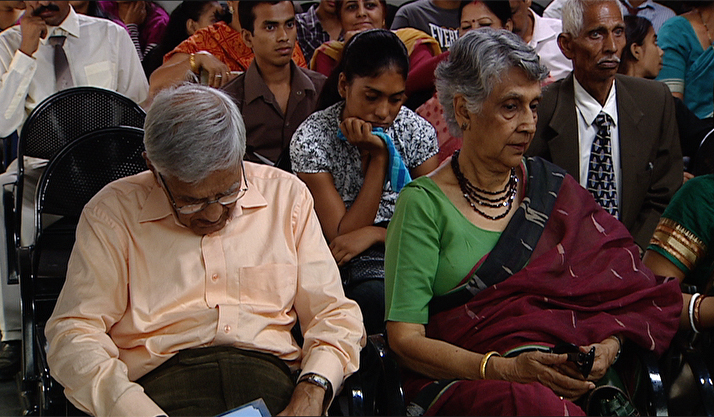
At the mercy of waiting
Artist Bani Abidi is dedicated to the dark absurdities of everyday life. In her video work "The Distance from Here" bureaucracy takes over and waiting...
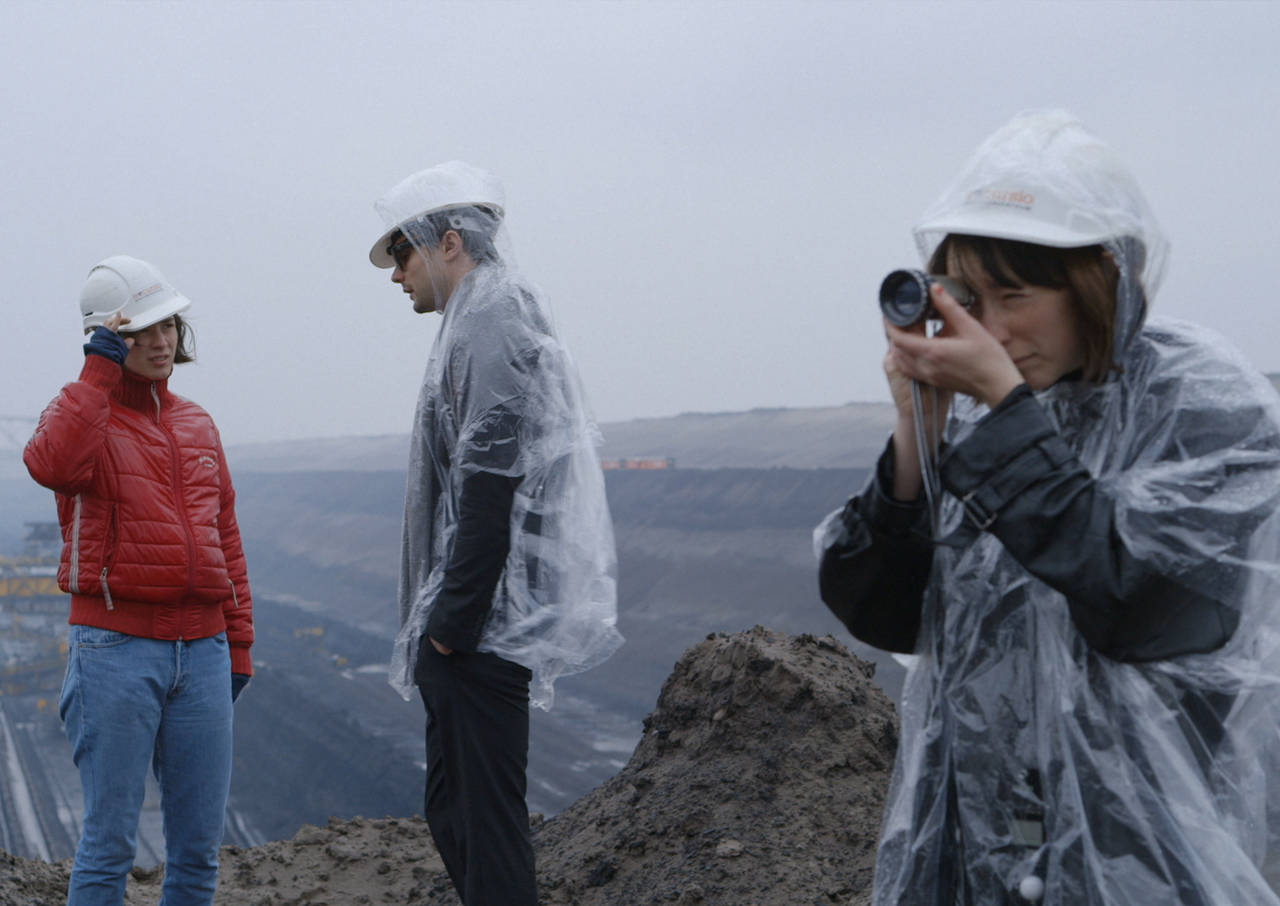
“Please don’t make a film about Godard!”
A film about filmmaking sounds a bit meta. But Kristina Kilian’s video work takes us on a ghostly journey through Godard’s Germany after the fall of...
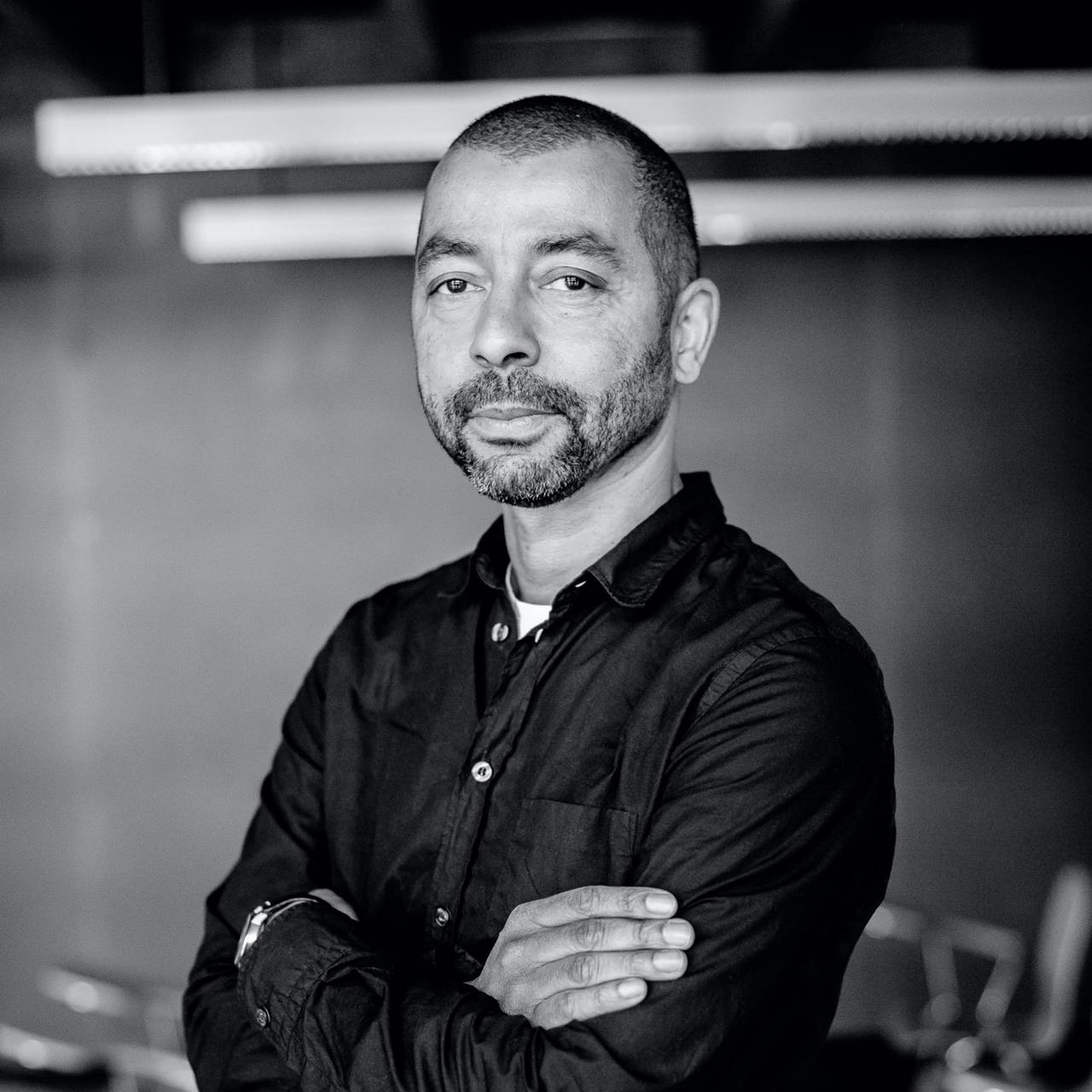
Black is not a Color
In a film series, Oliver Hardt combines the themes from Kara Walker’s work with the perspectives of Black people in Germany. In conversation with...
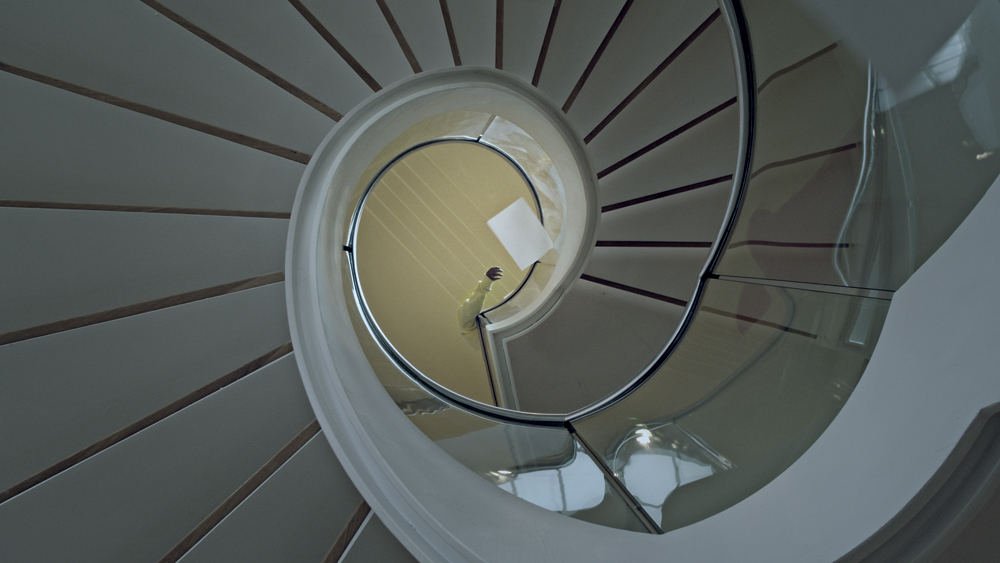
How do we Remember?
In which places does history become visible? And what do we remember at all? Maya Schweizer begins her search for clues in the sewers and slowly feels...

Film highlights from South and North America
How can we break with the power relations of the past and create a decolonial future? A look at the representation of Indigenous women in film.
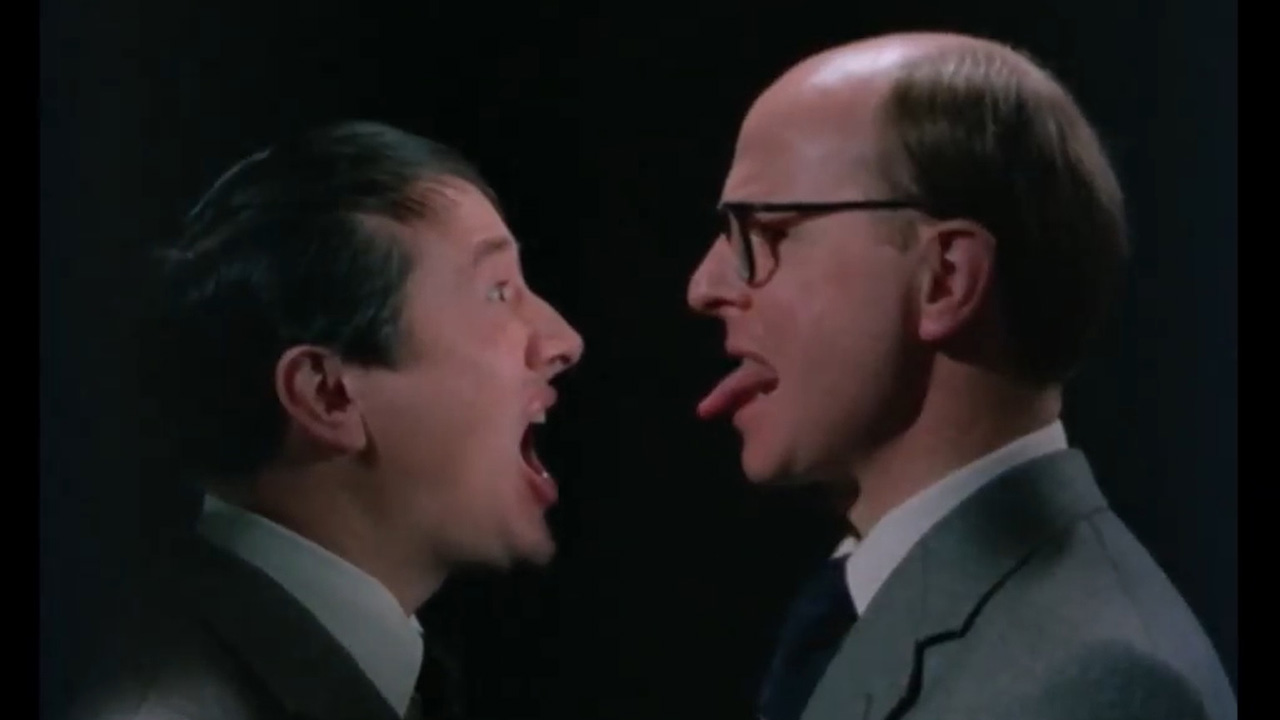
Must See: The World of Gilbert & George
Eccentric, fascinating, repulsive, entertaining and full of symbols: “The World of Gilbert & George” is a collage about the artifice of everyday life...